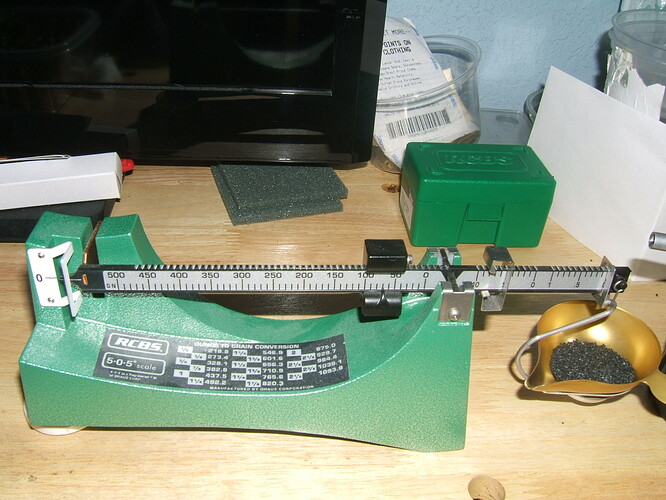Today I received a Rifle in the mail, I’ve wanted one of these for a long time. It’s an 1887 Enfield Mk IV Martini Henry in .577/.450 caliber. Sent to Nepal with Queen Victoria’s Troops, and later transferred to the Nepalese for their use. It was received by the Madras Arsenal. While it’s no Prom Queen, it is very serviceable, and I am presently making Ammunition for it.
Next week, I’ll receive a 1916 BSA No.1 Mk. III* SMLE from the friendly local Dealer, (already have ammunition made for it. ) Fun in the Summer time.
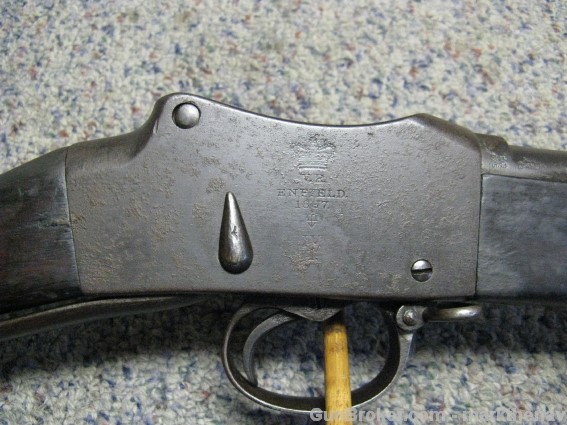
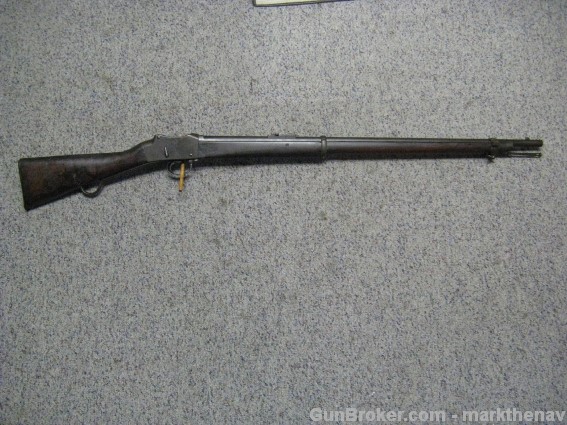
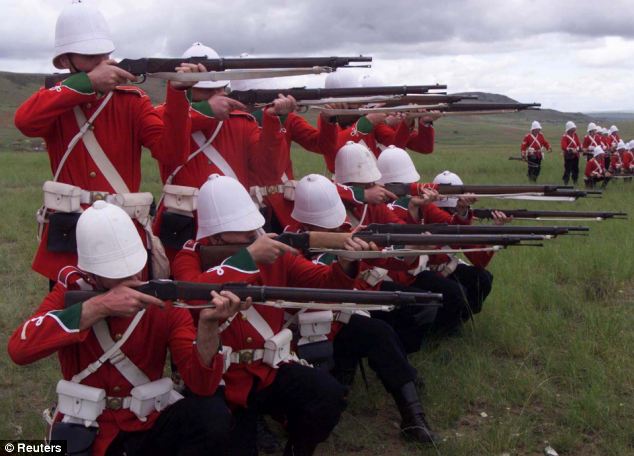

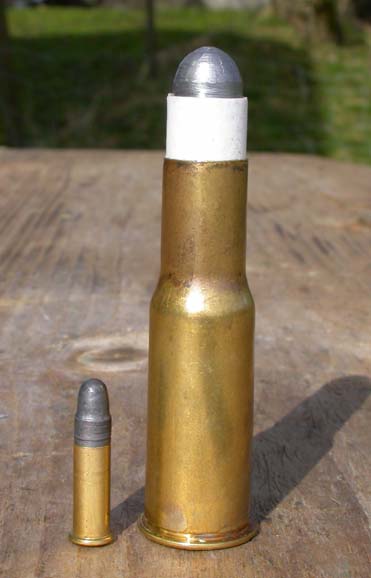

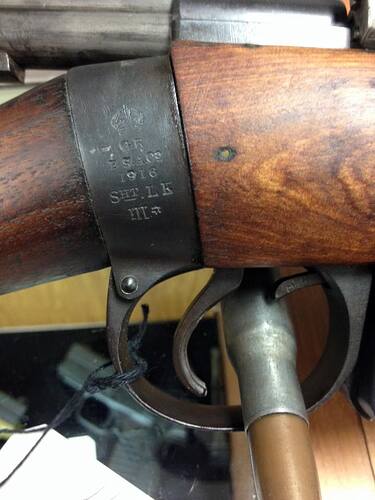

 And it’s not just saving money that makes it worthwhile, the quality of well made loads are obvious once you get to the range. groups tighten up, in some cases so much that a Cloverleaf comes to be expected. A group for factory ammo may give you a 2.5 cm 5 shot group, and loads you tune for your rifle will be 10 or 12mm across at 100 meters. All rifles are different, so tuning the load will only be best in that rifle. This is where factory ammo falls short, it’s made to an average, so it will give adequate performance in most rifles.
And it’s not just saving money that makes it worthwhile, the quality of well made loads are obvious once you get to the range. groups tighten up, in some cases so much that a Cloverleaf comes to be expected. A group for factory ammo may give you a 2.5 cm 5 shot group, and loads you tune for your rifle will be 10 or 12mm across at 100 meters. All rifles are different, so tuning the load will only be best in that rifle. This is where factory ammo falls short, it’s made to an average, so it will give adequate performance in most rifles.
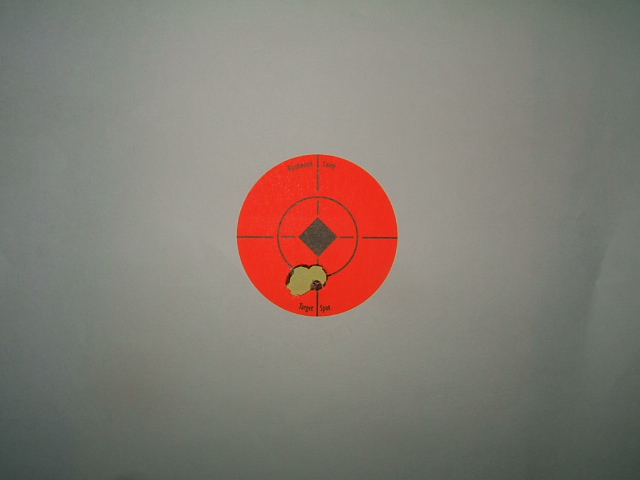

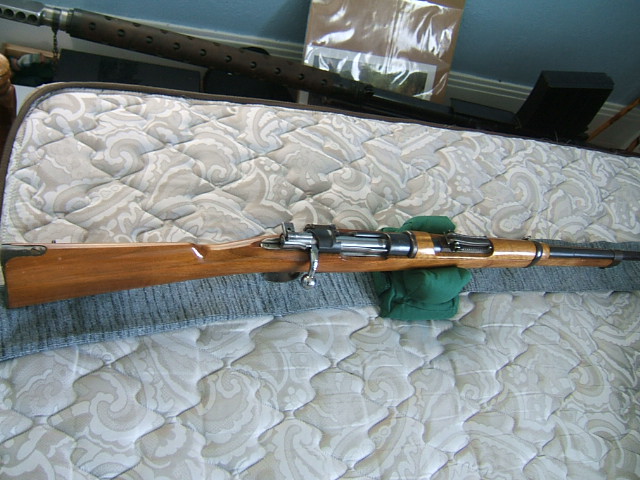
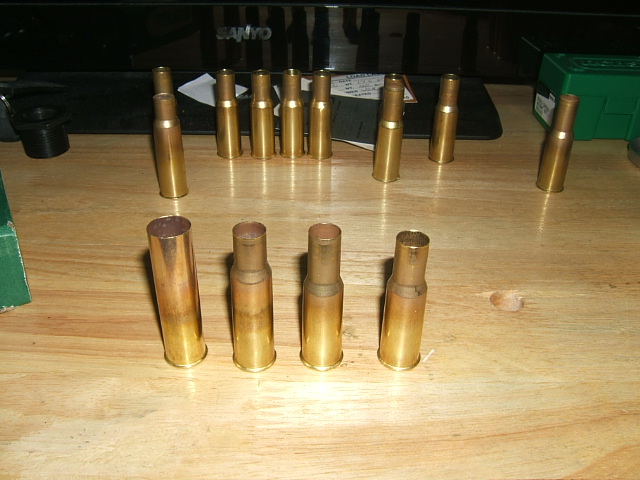
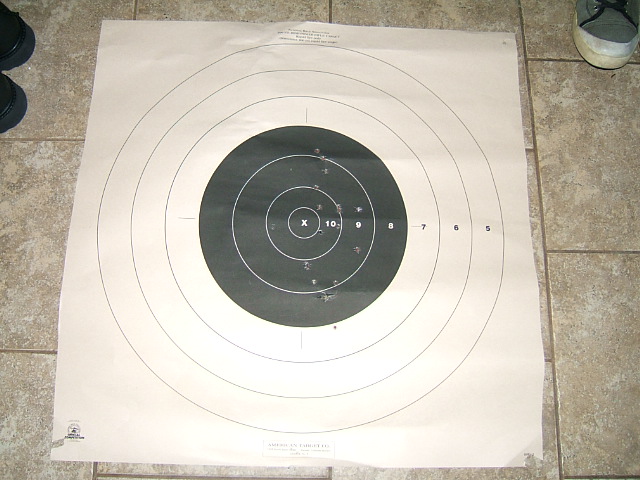
 I was surprised (though I shouldn’t be) that it shoots so well. British Battle rifles are very popular here in Yankland, there being nearly no end to the Boards, and web pages devoted to them. My particular rifle may have come from your Country, it was put to Factory through repair by Lithgow / Slazenger at one point. Anyway, it’s been around in its 100 yrs. Someday, I will visit your country, if I come hunting you, it’ll be with a Bottle of Spirits.
I was surprised (though I shouldn’t be) that it shoots so well. British Battle rifles are very popular here in Yankland, there being nearly no end to the Boards, and web pages devoted to them. My particular rifle may have come from your Country, it was put to Factory through repair by Lithgow / Slazenger at one point. Anyway, it’s been around in its 100 yrs. Someday, I will visit your country, if I come hunting you, it’ll be with a Bottle of Spirits.

